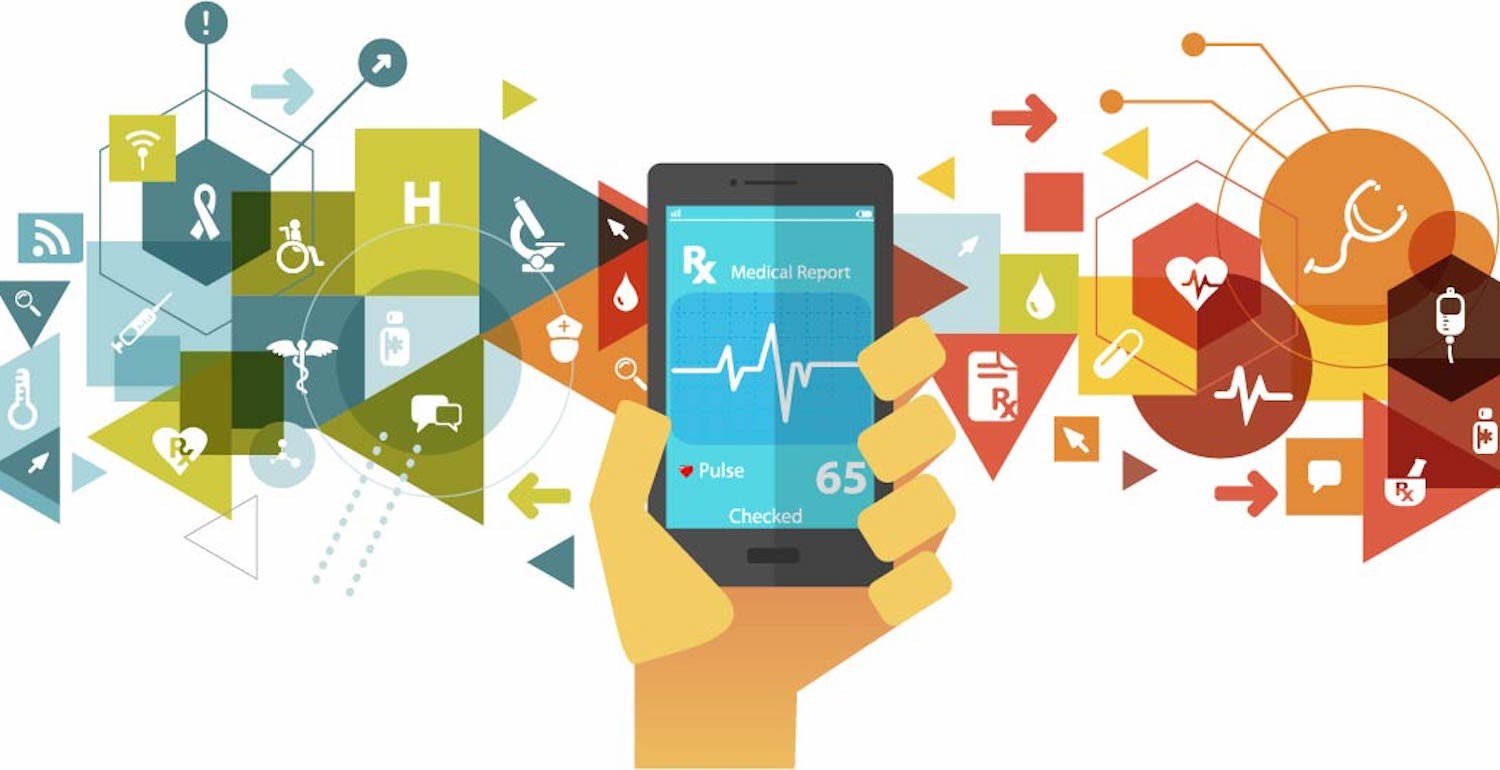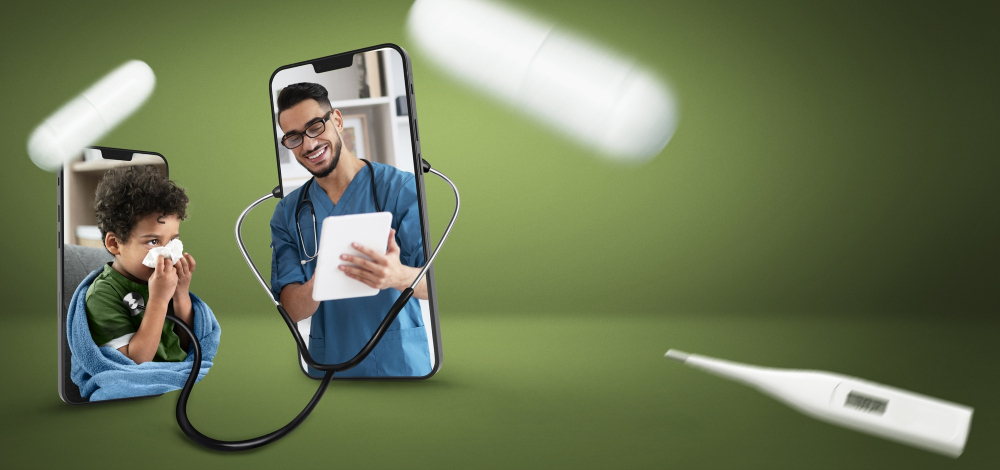Privacy Policy
Equipo Health is committed to safeguarding the privacy and security of its users. We intend to provide you with
personalized internet experience that delivers the information, resources and services that are most relevant and
helpful to you. In order to achieve this goal, Equipo Health collects information you provide us if you access,
voluntarily enter information into, or sign up for or request certain services from us on our Website.
The only personal information Equipo Health obtains about individual users to its website is that supplied voluntarily
by users. When we may need personal information to provide users with customized content or to inform them about new
features or services, users are explicitly asked for that information.
Equipo will share your information only as described in this Privacy Notice, or as permitted by law. Equipo will not
sell, lease, rent, or trade your personal information to any third party for that party’s marketing or promotional
purposes, unless you give your consent.
SUBMISSION OF INFORMATION
You may choose to provide us information when you fill out a form on the website or otherwise contact us. We may also
obtain information about you that is publicly available. This information may identify you personally. For example, we
may collect your name, company name, address, email address, phone number, position, title, and similar information.
By using our Website, you consent to the use of cookies.
-
If you provide us with your information on your interest in our products or services, we will use such information to
reach out to you about our products or services.
-
We may use your information for our own marketing, promotions, invitations, newsletters, respond to your questions,
provide customer support, share news and product updates.
We will not retain your information longer than necessary to fulfill the purposes for which it was collected or as
required by applicable laws or regulations. We take reasonable and appropriate administrative, physical, and technical
security safeguards to protect the information that you share with us from loss, theft, misuse and unauthorized access,
alteration, destruction, and disclosure. In addition, we enter into agreements which require that care and precautions
be taken to prevent loss, misuse, or disclosure of your information. Nevertheless, transmission via the internet is not
completely secure and we cannot guarantee the security of information about you.
SECURITY OF PERSONAL INFORMATION
Equipo Health has security measures in place to protect the loss, misuse and alteration of the information under our
control. We employ strict security measures to safeguard online transactions. All personal information is stored in a
secured database.
We use technical, organizational, and physical measures designed to protect the integrity, confidentiality, security,
and availability of personal information. Among other measures, only authorized personnel of Equipo Health and of our
third-party service providers with a legitimate need to know are provided access to personal data and are required to
treat this information as confidential where applicable. Despite these precautions, we cannot guarantee that
unauthorized persons will not obtain access to your personal data.
If you arrange for services through this website, it may be necessary for us to transfer your personal information to
our affiliates or third-parties for the purpose of assisting us with fulfilling the services.
SOCIAL MEDIA AND TECHNOLOGY INTEGRATIONS
We offer some parts of our Website through other platforms and services operated or controlled by separate entities. In
addition, we integrate technologies operated or controlled by separate entities into parts of our Website. Some examples
include:
- Our Website includes links that hyperlink to websites, platforms, and other services not operated or controlled by us.
-
Liking, Sharing, and Logging-In: We may embed a pixel or SDK on our Website that allows you to “like” or “share” content
on, or log in to, your account through social media. If you choose to engage with such integration, we may receive
information from the social network that you have authorized to share with us. Please note that the social network may
independently collect information about you through the integration.
-
Brand Pages and Chatbots: We may offer our content through social media. Any information you provide to us when you
engage with our content is treated in accordance with this Policy. Also, if you publicly reference our Website on social
media (e.g., by using a hashtag associated with equipohealth in a tweet or post), we may use your reference on or in
connection with our Website.
Please note that when you interact with other entities, including when you leave our Website, those entities may
independently collect information about you and solicit information from you. The information collected and stored by
those entities remains subject to their own policies and practices, including what information they share with us, your
rights and choices on their services and devices, and whether they store information in the U.S. or elsewhere. We
encourage you to familiarize yourself with and consult their privacy policies and terms of use.
NEWSLETTER SUBSCRIPTIONS
From time to time, we provide information to our customers and potential customers in the form of electronic newsletters
and similar updates. When you subscribe to these updates, you will be added to our mailing list and will receive
announcements and information about us. These will be emailed to the address(es) that you provide when you subscribe.
You may opt out of receiving these communications by following the “unsubscribe” instructions that are contained within
the communications that we send to you.
MINORS
The website covered by this privacy policy is not intended for or targeted at children. Equipo Health will not knowingly
collect and maintain personally identifiable information from children of age thirteen years or younger. If you are a
parent or guardian and think that we have collected personal information from a child under the age of 13 through this
website, please contact us.
COMMUNICATION PREFERENCES
Equipo Health may send commercial emails to you advertising our products and services. You can also subscribe to various
product and service-specific communications on our websites. If you receive direct marketing email from us and wish to
discontinue these mailings, you may unsubscribe at www.equipohealth.com/unsubscribe and/or in any unsubscribe opt-out
method provided in the communications.
Where allowed by applicable law, the unsubscribe options provided to you may not apply to communications primarily for
the purpose of administering order completion, contracts, support, product safety warnings, software updates where you
are provided with appropriate choice in accordance with applicable law, or other administrative and transactional
notices, the primary purpose of which is not promotional in nature. This means that even if you opt-out of receiving
direct marketing communications, we may still need to retain some of your personal information necessary to communicate
with you on these topics where required for these purposes. We do not share your personal information obtained through
this site for the purpose of third-party direct marketing.
CHANGES TO THIS WEBSITE PRIVACY POLICY
Changes made to this policy will appear on this page of our website. We will also provide appropriate notice and choices
to you, on this website and in other appropriate locations, based on the scope and extent of changes. You may always
visit this policy to learn of any updates.
EFFECTIVE DATE
The effective date of this policy is December 1, 2019.
For any questions click here
Contact Us



